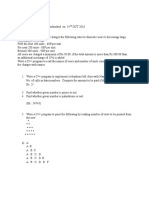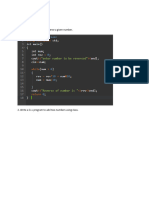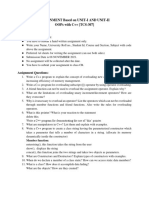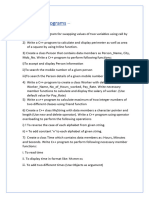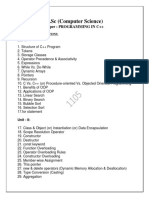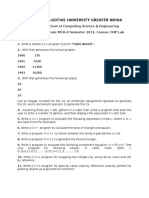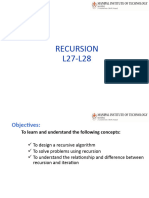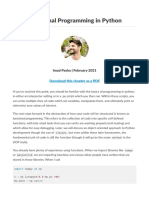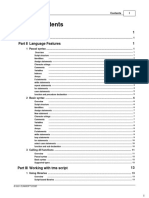0% found this document useful (0 votes)
6 views9 pagesQ1) Attempt The Following
The document consists of a series of questions and programming tasks related to C++ concepts, including manipulators, abstraction, encapsulation, inheritance, function overloading, and various types of constructors and destructors. It also includes practical programming exercises that require writing C++ code to demonstrate understanding of these concepts. The questions cover both theoretical explanations and practical applications, indicating a comprehensive assessment of C++ knowledge.
Uploaded by
ajinkyajambhulkar1Copyright
© © All Rights Reserved
We take content rights seriously. If you suspect this is your content, claim it here.
Available Formats
Download as PDF, TXT or read online on Scribd
0% found this document useful (0 votes)
6 views9 pagesQ1) Attempt The Following
The document consists of a series of questions and programming tasks related to C++ concepts, including manipulators, abstraction, encapsulation, inheritance, function overloading, and various types of constructors and destructors. It also includes practical programming exercises that require writing C++ code to demonstrate understanding of these concepts. The questions cover both theoretical explanations and practical applications, indicating a comprehensive assessment of C++ knowledge.
Uploaded by
ajinkyajambhulkar1Copyright
© © All Rights Reserved
We take content rights seriously. If you suspect this is your content, claim it here.
Available Formats
Download as PDF, TXT or read online on Scribd
/ 9

















